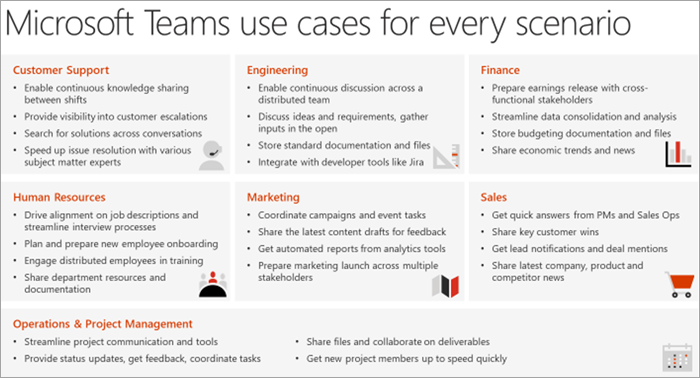
The Importance of Persona Development When Adopting Office 365
Why its important to develop personas when driving the adoption of Microsoft 365

Over the years we have seen organisations from all over the world seek to make the most out of their investment in Microsoft technologies, before we engage, they will have had varying levels of success based on the approach they have taken.
One of the least understood and most overlooked methodologies is ‘persona & scenario development’.
So, what is persona and scenario development when it pertains to the adoption of Microsoft technologies? At its simplest it is the process of understanding and grouping people based on:
o How they work
o The applications they use
o The devices they use
o Capability levels
o Areas of annoyance or of pain
In truth persona and scenario development is about placing the user at the centre of the decisions surrounding your Microsoft environment. It is about making sure we all remember that the technology is there to support our most valued assets – our people.
Technology on its own is deeply uninteresting, it is only when you empower your people to get the best from the technology that the investment is worthwhile and truly comes to life. Marrying the efficiencies and productivity gains that technology affords with a workforce who are engaged and empowered to use the technology is when you are enabling their creativity and capabilities to make a material difference to your organisation.
The sad truth is that there is still a mind set globally that technology is the preserve of IT and that creating a technical environment with a bit of classroom training is enough. You simply will not drive adoption without understanding the impact on the very people the technology is there to support. You must then take those people on a journey, winning their hearts and minds, helping them understand how new working practices will benefit them and ensure they feel supported and enabled.
Which brings me to the final point around persona and scenario development – without understanding how your people will use the technology, your only method of enabling them is to deliver one size fits all training.
Naturally this approach is flawed for two main reasons:
-
You’re not giving them the training required to get the best from the technology based on how they work or based on how they will use it and via specific devices.
-
If we receive training which doesn’t feel relevant, we will immediately switch off.
This second point, to my mind is significant if we’re trying to influence the behaviours of our people to work in new and more efficient ways. We need to help them make a link between what they are learning and how it pertains to their role and working life. Fundamentally they will not retain the learning and will therefore be unable to implement the changes required if they have not paid full attention to the training because it doesn't feel relevant.
Naturally this renders the entire investment in both the technology and the subsequent training wasted.
It is a small amount of effort in the grand scheme of technology design, implementation and support to first start with the user. Take the time to put your people at the centre of how you want them to use the technology, consider the positive impacts for the organisation and how this relates to the practical use for the people the technology has been designed to support.
Only through taking a people first approach to the utilisation of technology will you get the best from the investment you make in it.

We are looking for
Change Manager -
UK
Job Title: Adoption and Change Manager
Location: United Kingdom
Job Type: Full-time
About Us:
We are a forward-thinking company dedicated to enhancing our digital presence and improving customer engagement through innovative solutions. We are looking for a dynamic and experienced Adoption and Change Manager to join our team and lead our change management initiatives.